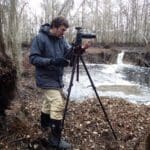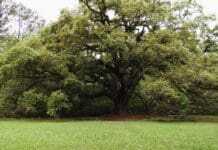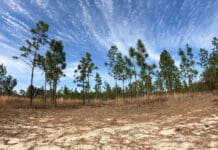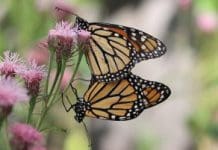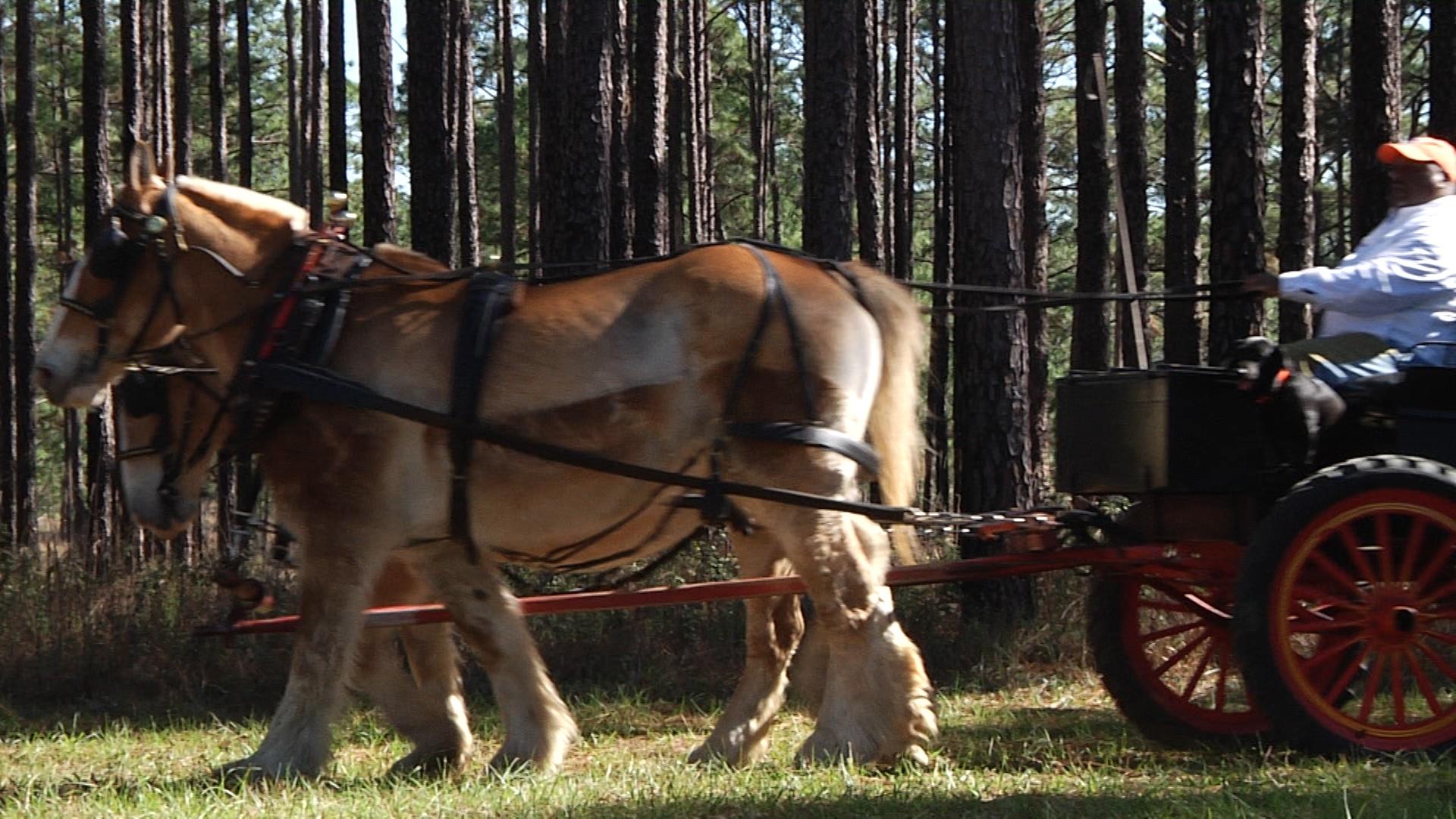

Every quail season at Elsoma Plantation, the Chapin family tests the truth of an old saying: The spacing of a longleaf pine forest is known to be wide enough for a wagon to ride through.
Charles Chapin III is the owner of Elsoma Plantation which originally was owned by his grandfather, who came to the area in the 1880s as a young man who fell in love with the area. He was part of the first wave of wealthy Northerners that became accidental conservationists in the Red Hills region of North Florida and South Georgia – because of bobwhite quail.
Hunting quail is as much about the experience as it is about the catch. Take the wagon – the one they use for hunting is about a hundred years old, kept working well with some serious trips to Amish country in Pennsylvania for repairs. For instance, the wheels have been rebuilt.
One particular interest of Charles Chapin’s is the bird dogs. “I find it fascinating to watch, to work with, to help train, to try to train myself,” he says, “That’s been a growing passion.”
Jean Chapin reminds him that he also love the riding part of hunting. He said “It’s such a treat to be out in the woods on these Tennessee walkers. It’s just glorious!”
Red Hills properties burned the forests before it was an accepted practice. The burns opened up the understory for quail, but in the process they also created habitat for a wealth of threatened species like Bachman’s sparrows, brown-headed nuthatches, and the red-cockaded woodpecker. This contiguous, privately-owned longleaf forest compliments the publicly-owned Apalachicola National Forest to the south.
Chapin was impressed with the process. “The first few times I went out with our guys burning, it scares the hell out of you. I mean, you look behind you and you’ve set the woods on fire. But then you watch the regrowth of everything and you see what it looks like next year… and you know it’s the right thing to do.”
Red-cockaded woodpeckers make their nests in cavities in longleaf pine trees that are at least 90 years old.
Jim Cox, who specializes in vertebrate ecology is the Program Director of the Tall Timbers Research Station in south Georgia. He knows this area and its inhabitants well. When Local Routes went out into the forest with him, he was climbing up trees and banding week-old red-cockaded woodpeckers, about 20 days before fledging.
“I bet about 10,000 of these birds are banded each year,” he said, “…because they’re banded on all the managed areas as well as the state and federal lands that hold them.” Red-cockaded woodpeckers are endangered, but their numbers are rising. It’s a species that researchers watch closely.
Only 3 million acres of longleaf habitat remain from the original 90 million. Of that, only 10,000 acres have never been cut. That’s hard on a bird that needs older trees.
The Red Hills area is a stronghold for the red-cockaded woodpecker and other longleaf-dependent species.
Jim took an FSU biology class to one of those rare pieces of land where longleaf has never been cut. It’s a birder’s paradise. They went to an old river delta that deposited some unique clay soils there hundreds of thousands of years ago. The scarp running along the south side of Tallahassee extends out to the Aucilla River in the east and off to the Ochlockonee River in the west – those two rivers form the boundary and that is the Red Hills region.
At Tall Timbers Research Station and Land Conservancy, the class observes research plots burned at one-, two-, and three-year intervals.
“If you listened to the naturalists that came through the region back in the 1800s, they described these areas as being pinelands with a grassy understory – so it’s a natural system that had these grasses that held on for decades and would burn very frequently,” Jim explains. “Basically, they support a lot of the species that are very important to these pinelands.”
Many Red Hills landowners embraced their roles as accidental conservationists, putting land in conservation easements. Some went even further, which is how Tall Timbers Plantation became a research facility.
Birdsong Nature Center invites the public to explore the longleaf ecosystem. Families come to Birdsong to learn about some of the most critical species that can be seen there.
Dr. Lora Smith is on the Gopher Tortoise Council. She talks to Birdsong visitors about the tortoises that live in the area, “Look at their front feet. They’re just like shovels. They’re sort of flattened and they have very long, thick toenails… and they can use those to dig very, very effectively.”
Gopher tortoises are not only adapted to survive fire, they thrive in the habitat it helps create.
“When the fire comes across the landscape, guess what tortoises do? They go into their burrows and that protects them from the fire,” volunteer Jennifer Howze tells her interested visitors. “If we don’t use fire as a main tool and we let the canopy grow up, and we get the forest really thick, then tortoises will move away. So it’s really important that we maintain this nice open habitat so we have lots of good ground forage for tortoises to want to be here.”
Like red-cockaded woodpeckers, gopher tortoises are affected by the loss of longleaf habitat. It is estimated that there are 80% fewer tortoises than were in the area just in the last 100 years.
“Tortoises are called an ecosystem engineer or keystone species because they dig these burrows that a lot of other animal depend upon,” explains Jennifer Howze. “If we were to get rid of gopher tortoises, then we would get rid of their burrows, which would affect a lot of other animals that use these burrows.”
Want to know more? Visit the WFSU Ecology Blog on our website at http://blog.wfsu.org/blog-coastal-health.
Rob Diaz de Villegas is a senior producer for television at WFSU Public Media, covering outdoors and ecology. After years of producing the music program OutLoud, Rob found himself in a salt marsh with a camera, and found a new professional calling as well. That project, the National Science Foundation funded "In the Grass, On the Reef," spawned the award-winning WFSU Ecology Blog. Now in its tenth year, the Ecology Blog recently wrapped its most ambitious endeavor, the EcoCitizen Project.
Rob is married with two young sons, who make a pretty fantastic adventure squad.

